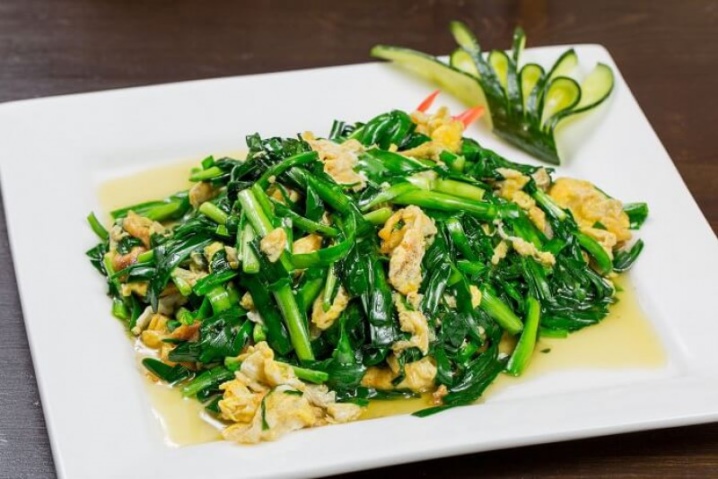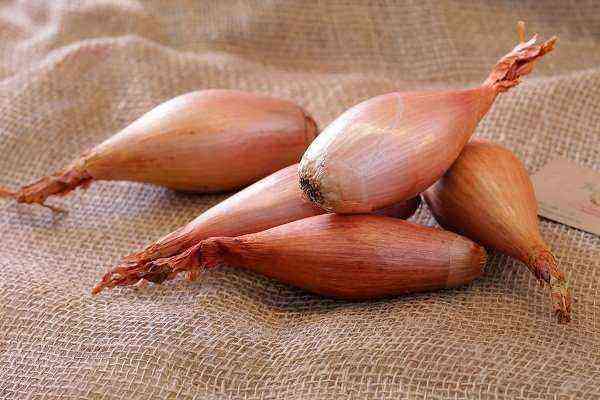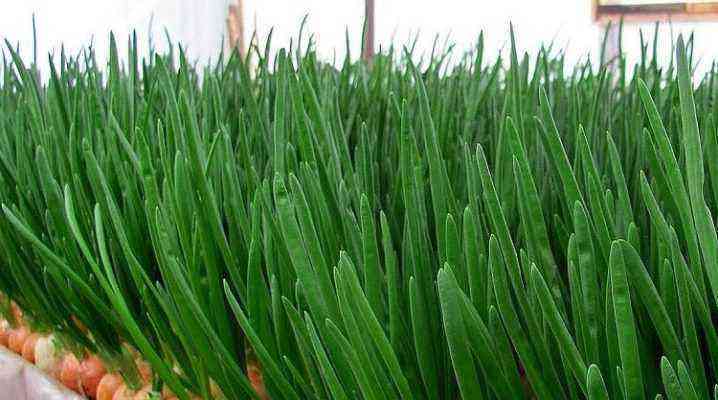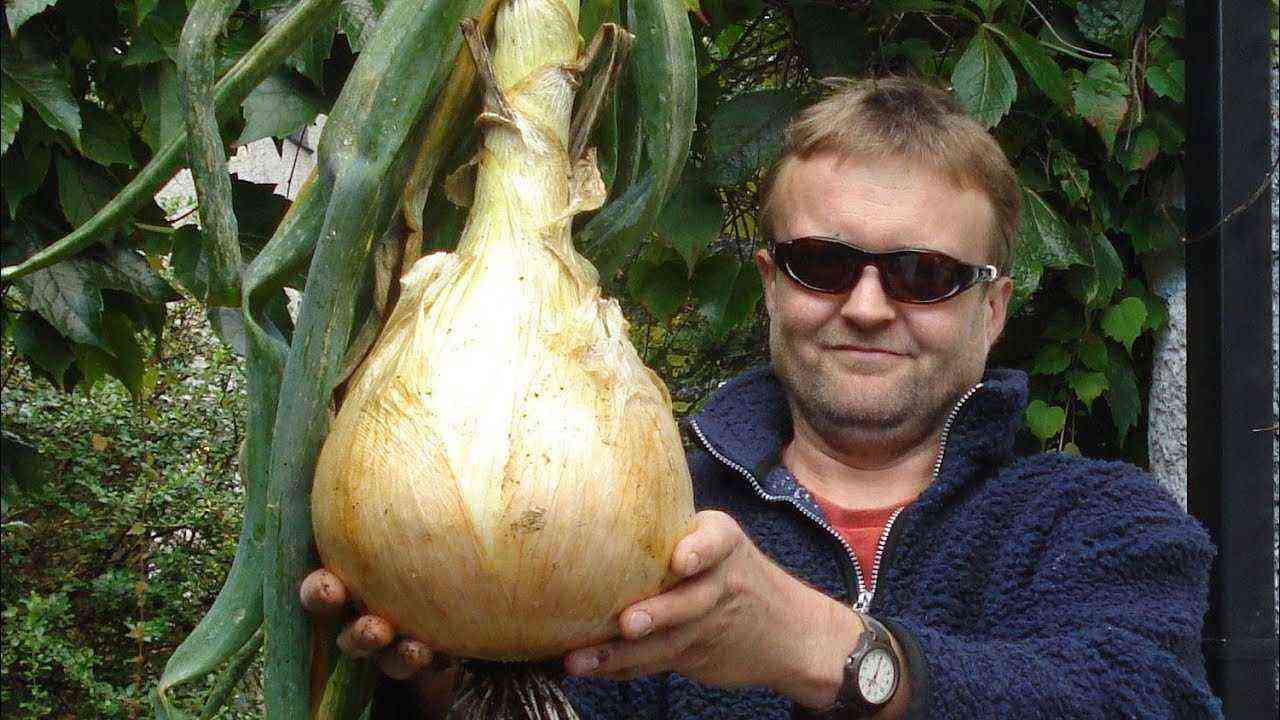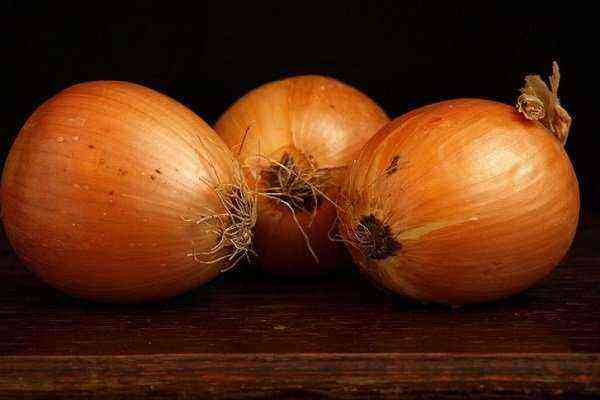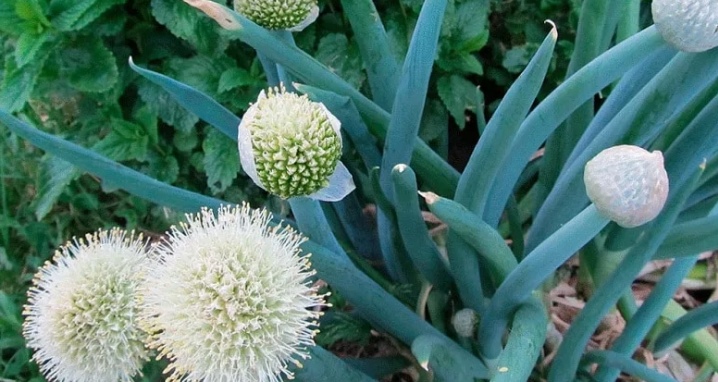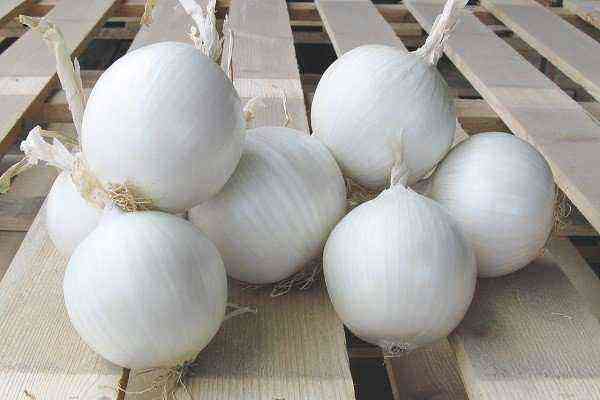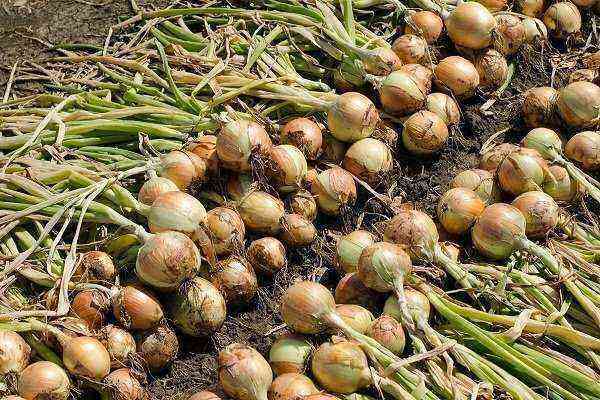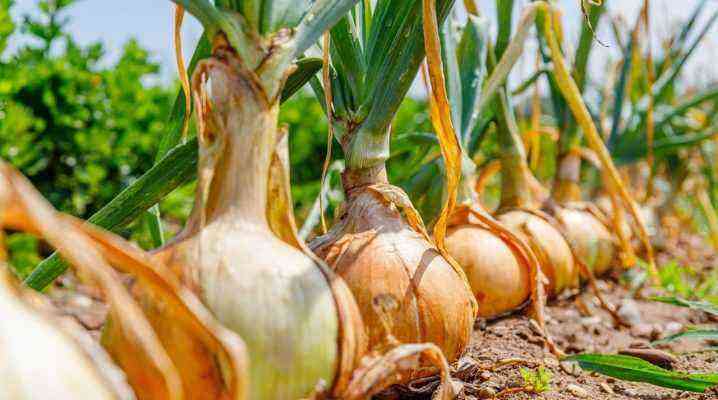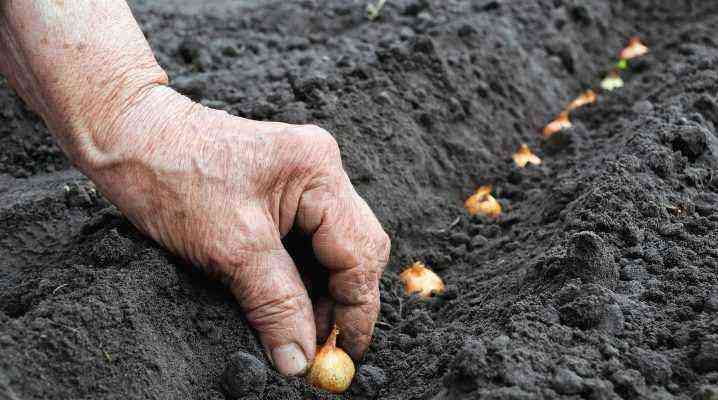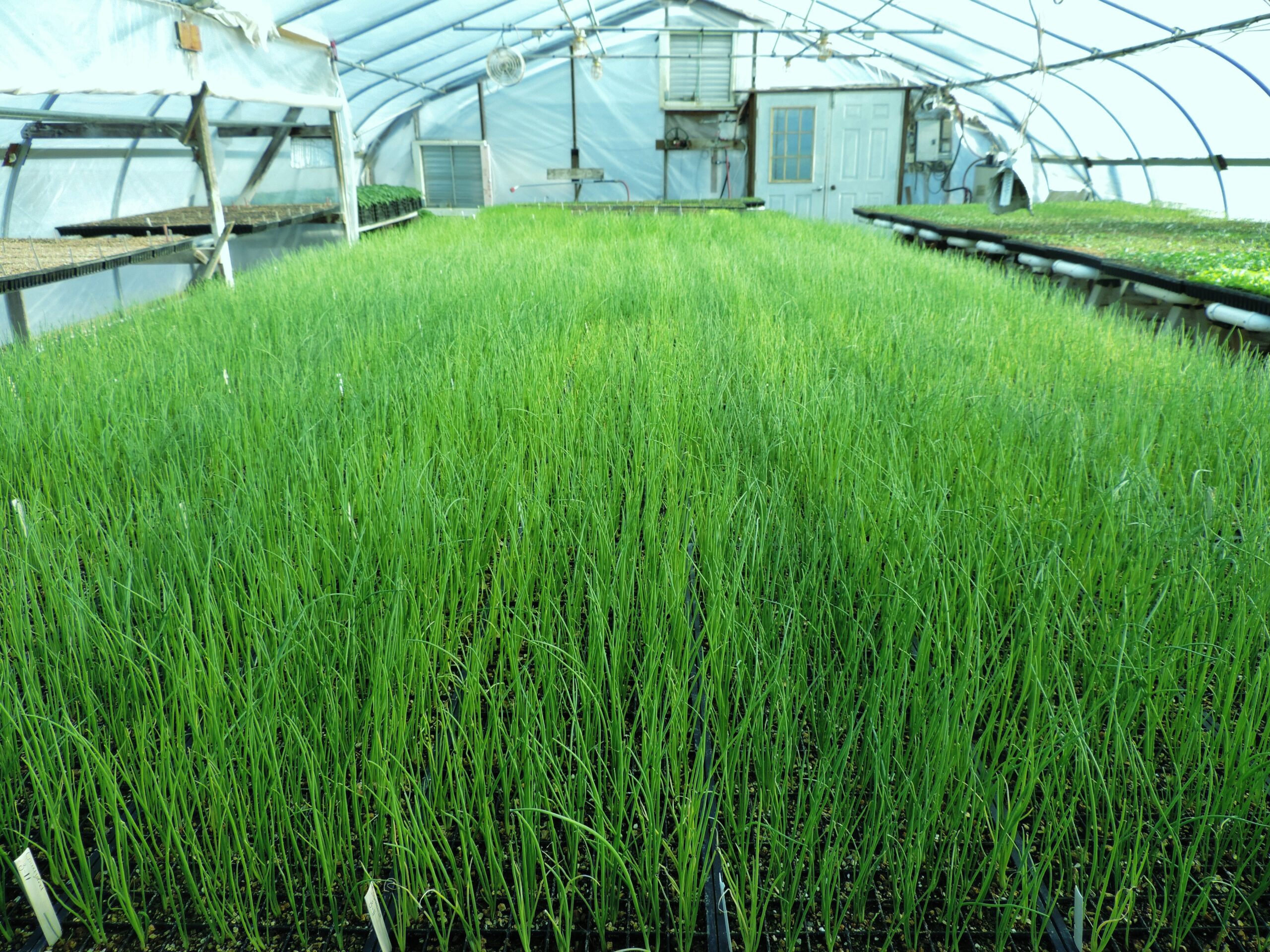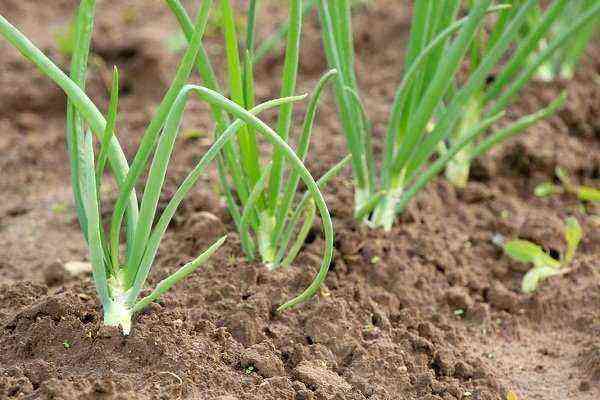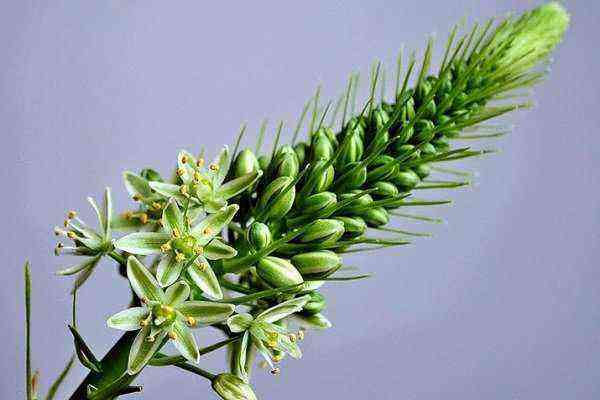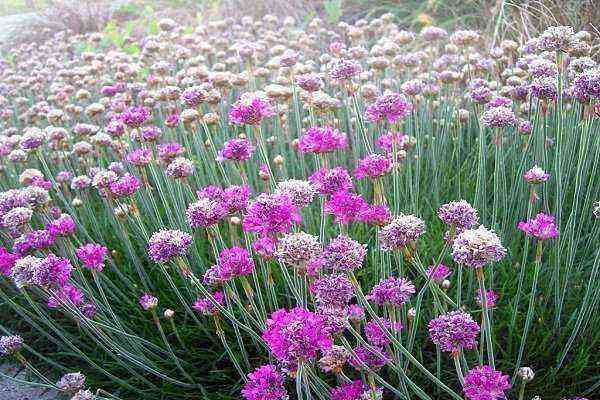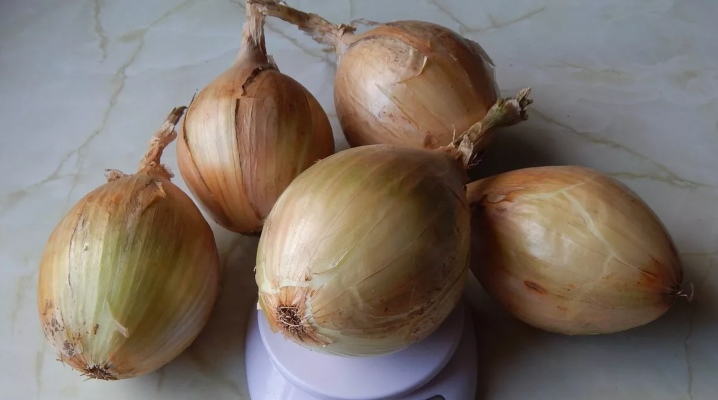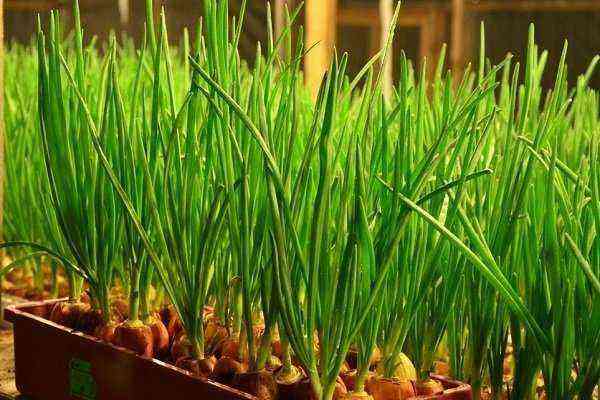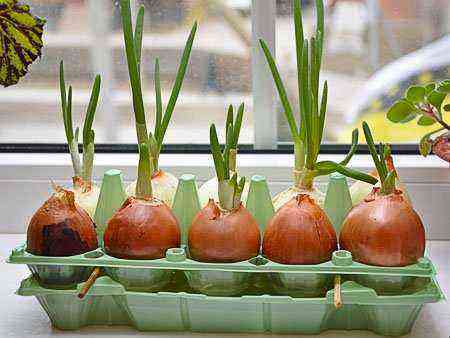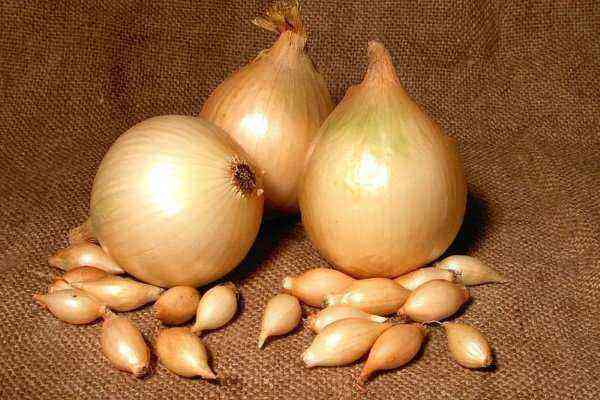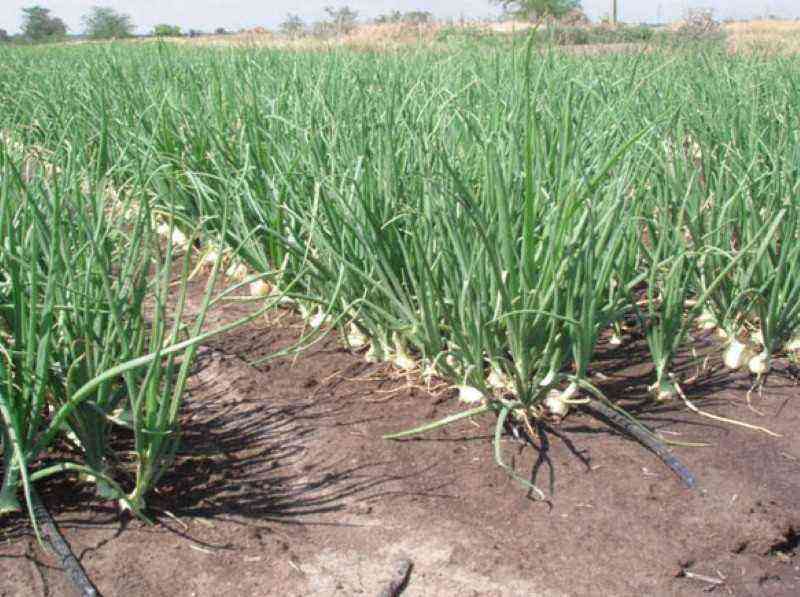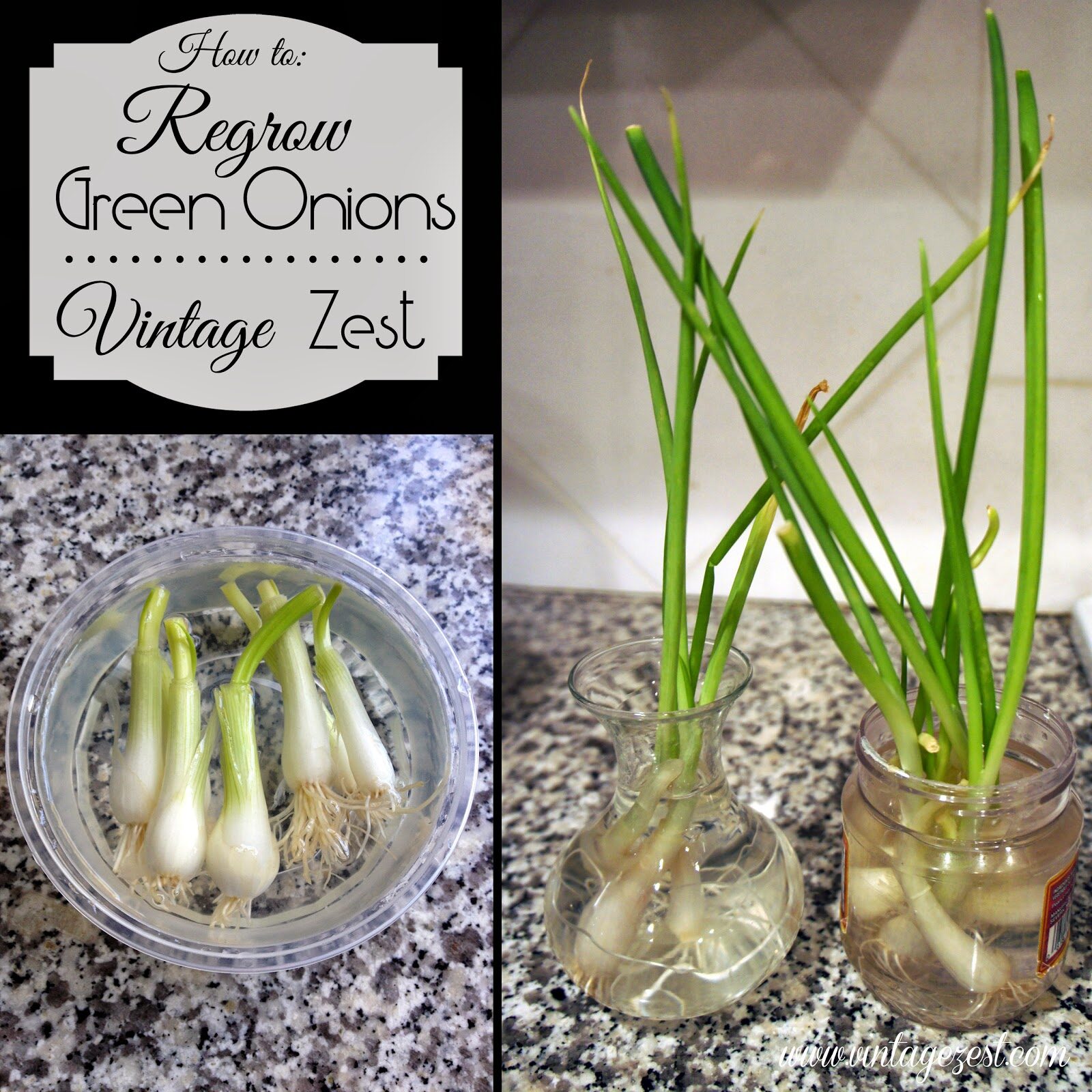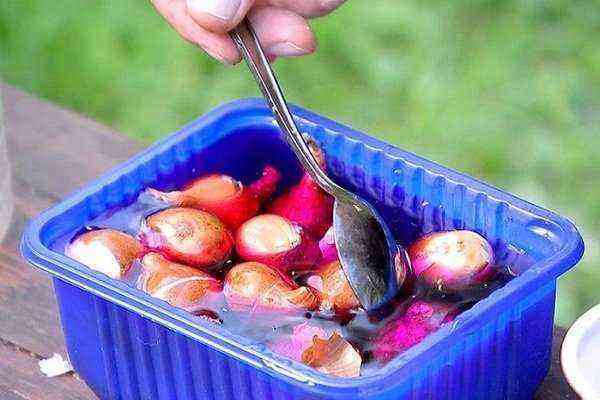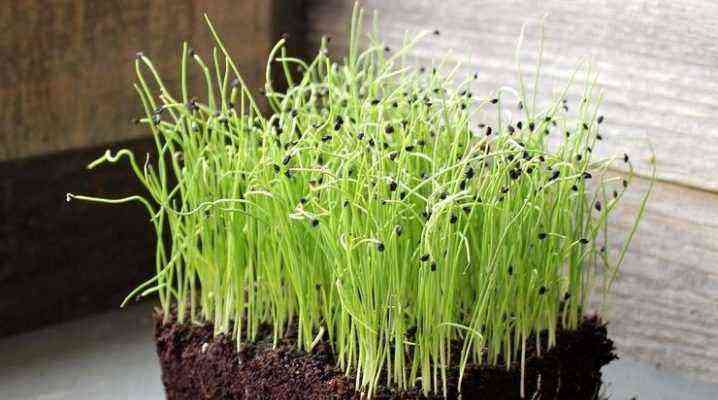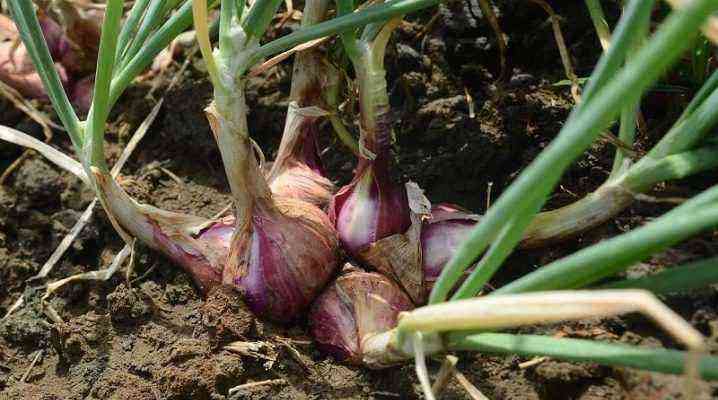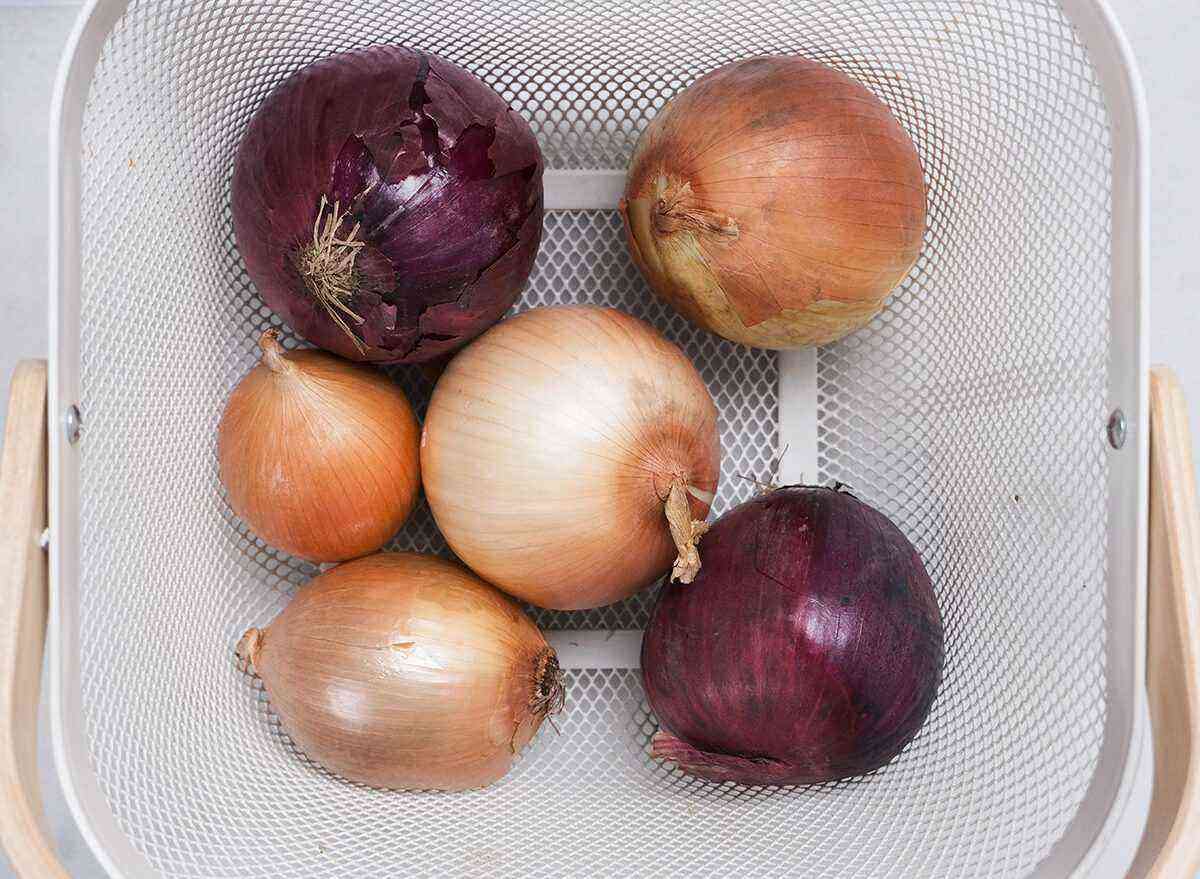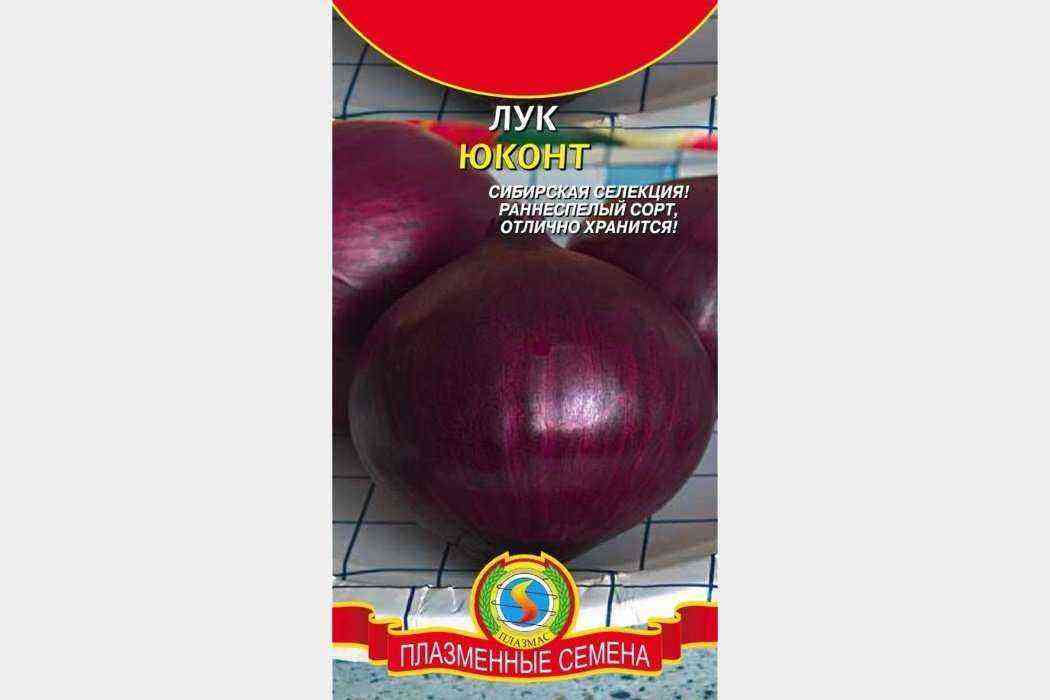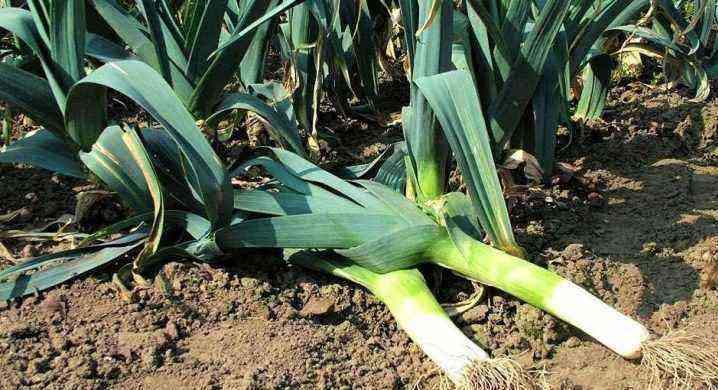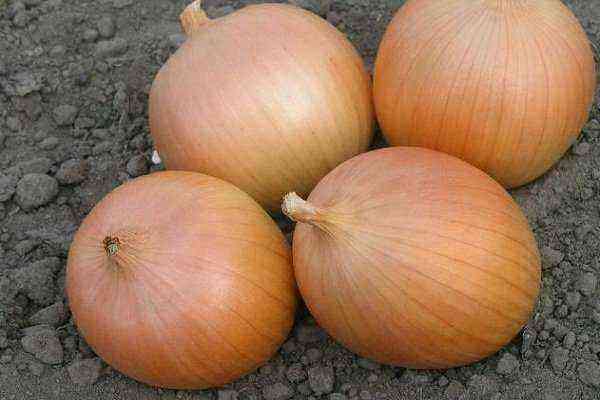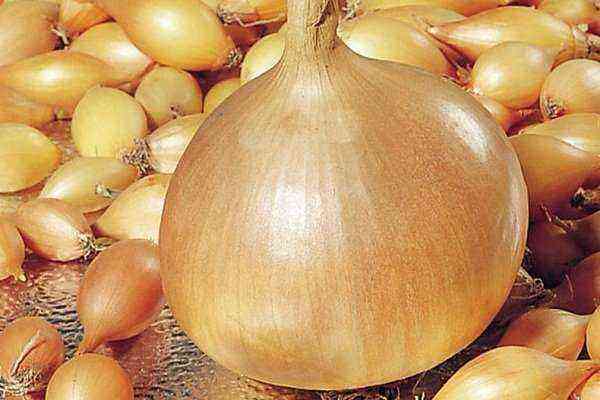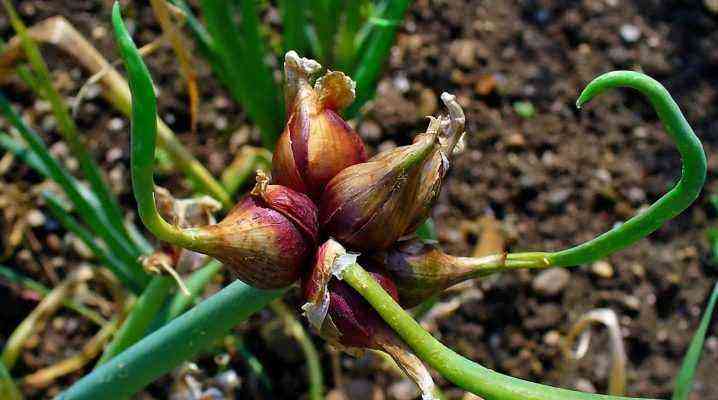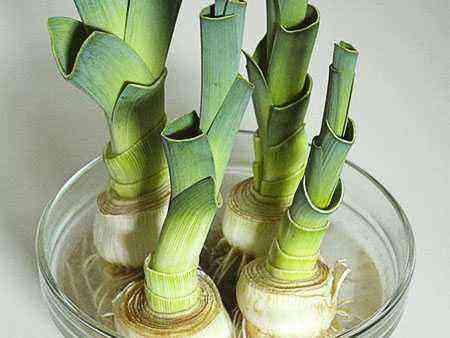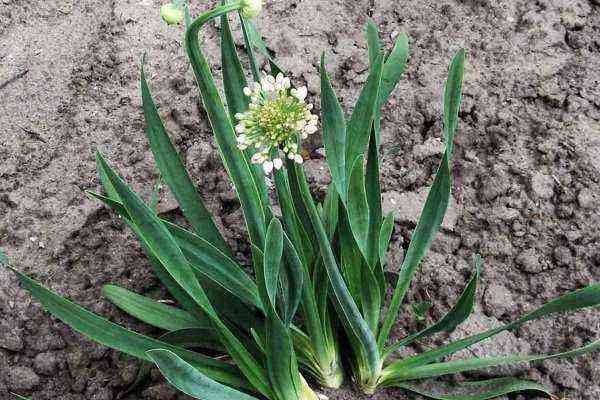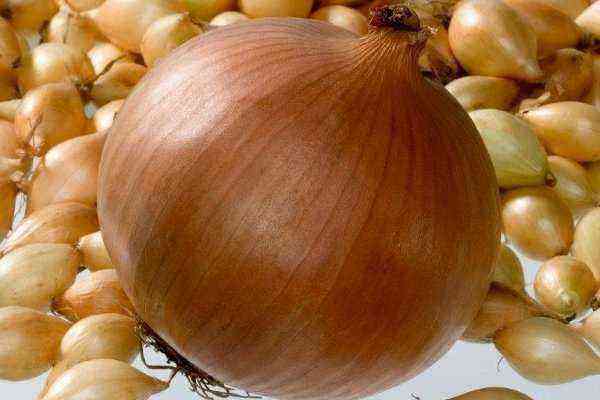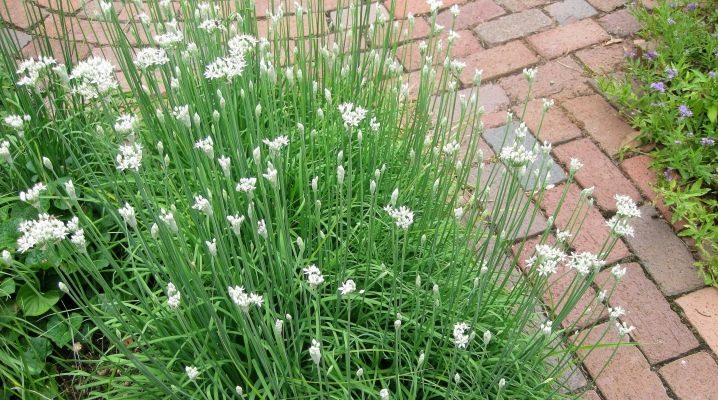
Sweet onion is known as one of the oldest and most useful food crops. Due to its medicinal properties, this plant is popular in many countries of the world. The article provides both general information about this crop, and detailed recommendations on the process of growing it, as well as professional advice on caring for allspice.
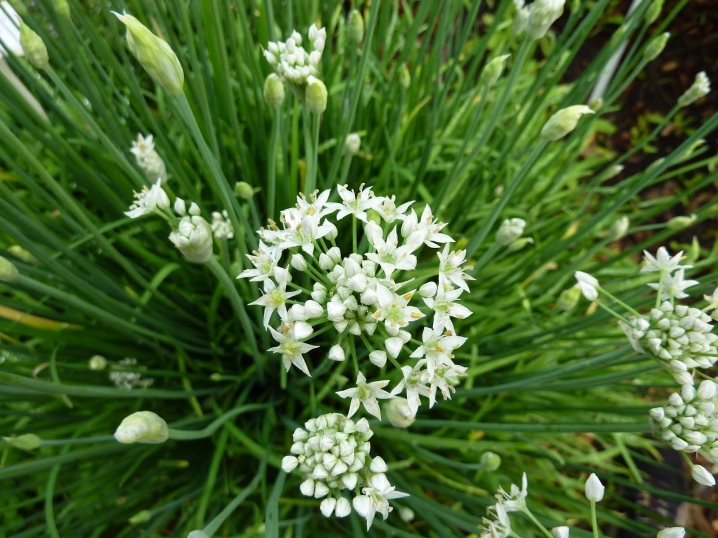
Description
The plant is known by quite different names, such as Chinese garlic, allspice, wild garlic, Siberian onion and, finally, jusai. This culture comes from the countries of the Far East: Mongolia and China. The fragrant onion is most common in Southeast Asia, Central Asia, Kazakhstan, as well as in Siberia and the Russian Far East. Despite the fact that the plant has taken root in some parts of our country, it has not yet found great popularity among Russians. Depending on the area in which this crop is grown, it can also be called a branched, odorous or mountain onion.

Sweet onions are perennials due to the fact that they can grow under favorable conditions for up to five years. Plants are grown mainly for their leaves: thanks to their soft surface and juicy taste, they are widely used in cooking. They contain a low amount of fiber, and therefore, even after a long time, the leaves do not become rough, which is why they can be stored for a long time. However, onions can also be used during flowering, because even then it has a marvelous and unusual taste.

It is impossible not to note the decorative properties of this plant. Its straight and flat flower arrow, reaching a height of 60 centimeters, is very beautiful.
This effect is achieved due to the many white flowers, from which a delicate and memorable aroma emanates, which is generally unusual for such plants. It is because of this that fragrant onions can be grown not only for food, but also for additional comfort in the garden or in the garden.
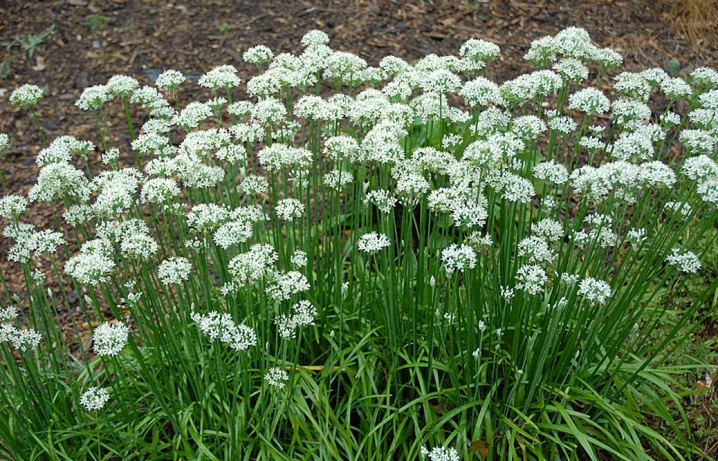
Popular varieties
Onion fragrant is divided into many varieties, each of which has its own characteristics. At the same time, nine such varieties were registered in the State Register. Only they are recommended for cultivation in all regions of the country. Some of them are worth considering separately.
- “Aprior” – mid-season variety of fragrant onions. The period for which its leaves fully grow is 37 days. The main advantages of the variety are its resistance to low temperatures and the large yields that it is able to give. The plant itself stands out for its garlicky and not very spicy taste, due to which the variety is popular as an ingredient for salads.
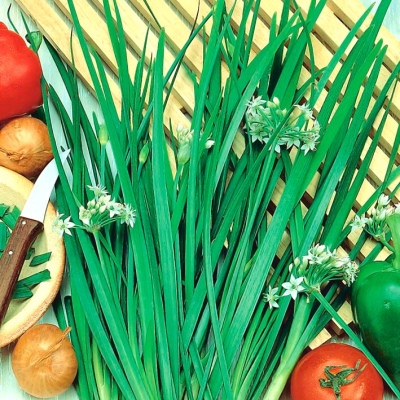
- “Caprice”. Like the previous one, it belongs to mid-season varieties. A distinctive feature is its flat and narrow leaves with a not too sharp taste of garlic. On average, for each cut, “Caprice” is able to bring up to one and a half kilograms per square meter. In total, cutting can be done twice in a season.
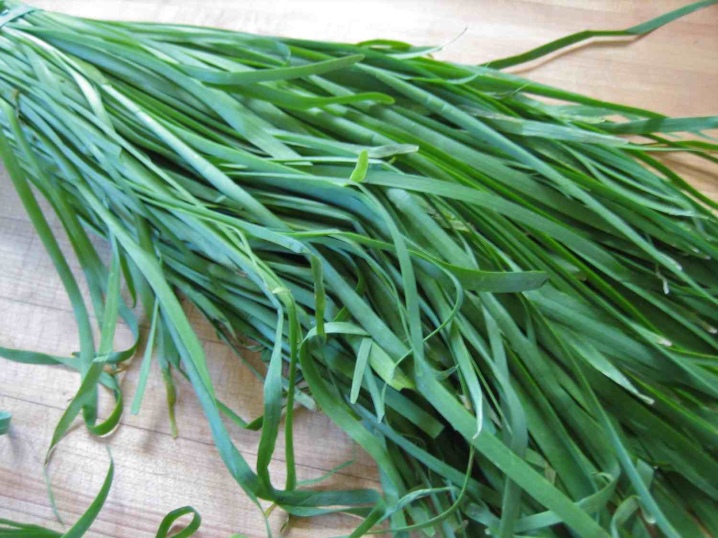
- “Spicy” – a variety characterized by longevity and mid-season. It should take about forty days from regrowth before it is time to cut, and all this is only in the second year of the plant’s life. Green leaves reach 30 cm in length and a small width (one centimeter). Weak garlic flavor. The yield of one cut reaches one and a half kilograms.

- Jusai refers to late-ripening varieties of fragrant onions. Up to five flat-shaped leaves form from each plant. Suitable for consumption in its natural form, and as an ingredient for any recipe. In total, it gives three cuts per season, from which you can harvest 4-5 kilograms of the crop.
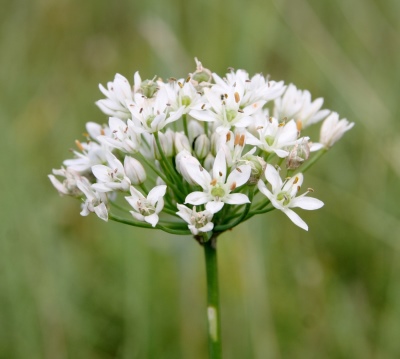
Landing
All varieties of fragrant onions are distinguished by their longevity, and therefore they grow best of all only four years after the planting was made. The flowering period falls on the second year. At this stage, the onion produces seeds that can be used for planting another two to three years after harvest. The plant itself degenerates for a maximum of the sixth year.
In total, there are two ways to propagate fragrant onions: by dividing the bushes and with the help of seeds. The choice of one method or another depends on the conditions under which the planting is to be carried out, and on the size of the area where the onion will grow.
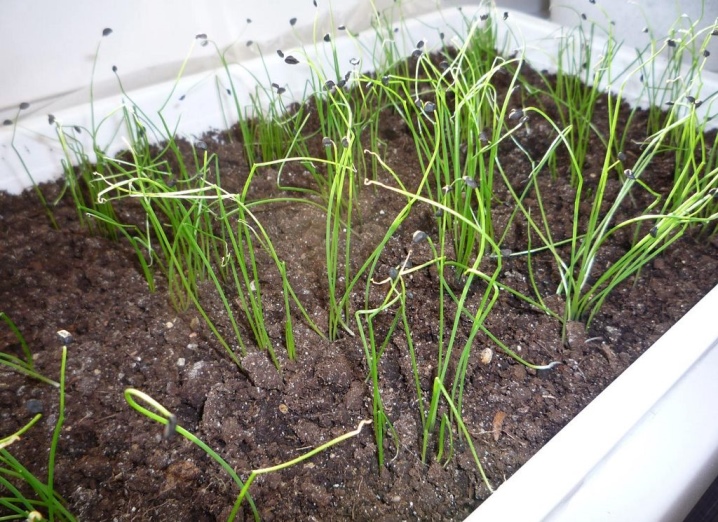
The most popular option remains when one bush is divided into different parts, and then planted separately in autumn, spring, or even in summer. However, many also prefer the traditional method of planting through seeds.
Seeds
When using this planting method, you need to remember that the seeds of this plant are able to sprout even at temperatures slightly above zero degrees, although these are quite low rates for other crops. Based on this, seeds can be planted as early as March, but this period can also be extended until April, or even until May. The sowing phase can also fall in November and December. Seeds have great frost resistance, and therefore they can withstand low temperatures.
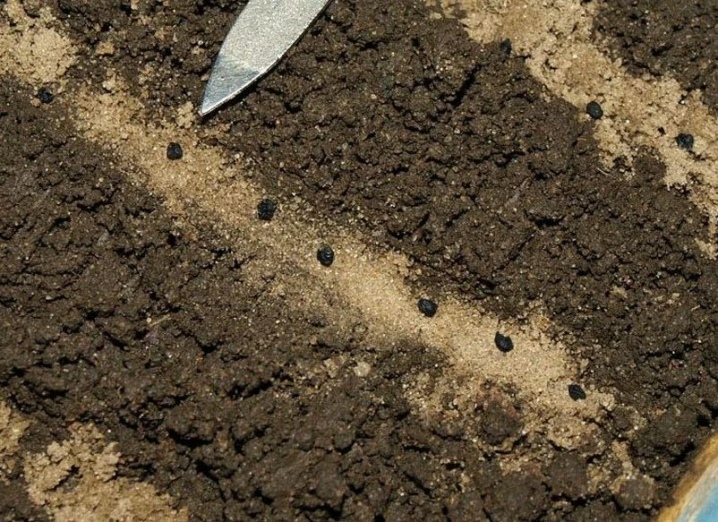
If this particular planting option was chosen, then you should know that the bow will not develop very quickly, especially during the first year. During this entire period, he will be able to form a maximum of several small leaves. A full harvest can be harvested only in the second year. At the same stage, many weeds appear, which should take enough time to fight.
Before planting, you need to consider that the seeds must undergo proper processing. First, they must be moistened in water with a temperature of forty degrees and left there for twelve hours. By the time they have cooled, they should be placed in a vessel of room temperature water and left for two days. Only then are the seeds ready for planting.
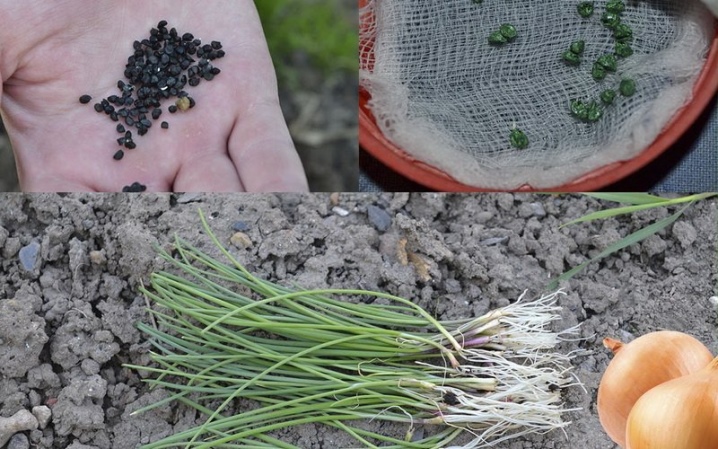
By dividing the bush
Planting by dividing the bush is best done in autumn or spring. For this purpose, a bush that has reached the age of three should be chosen. An important indicator of whether a bush is suitable for dividing or not is the presence of bulbs. The method of planting itself is quite simple: it is necessary to root the shoots in small wet pits located at a distance of thirty centimeters from each other. The holes should be sprinkled with earth, and then watered abundantly.
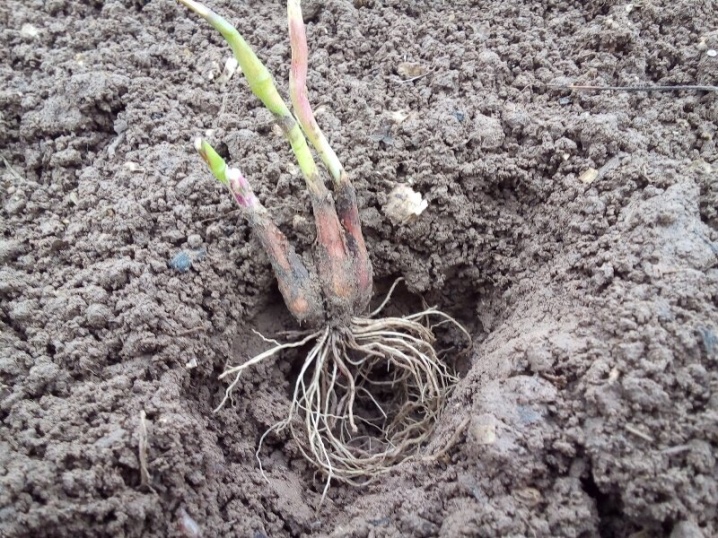
Care
Caring for fragrant onions is easy, unlike many other plants. For him, it is enough just to loosen the soil in a timely manner, regularly weed, feed and water. So, top dressing is necessarily carried out in the spring, for which up to 25 grams of potassium chloride or superphosphate is spent per square meter. These are the best options as fertilizers. After that, top dressing is carried out after each subsequent harvest. Cow dung or chicken manure is also suitable as fertilizer, which must first be carefully diluted with water.

By the time the growing season is over, the leaves should already be dead due to frost. They need to be cut off along with the arrows. When the plant enters the phase of rapid growth, it will yield three or even four times. As a rule, this happens in the second year, then the cutting stage begins. Readiness can be determined by the length of the leaves. If it reaches 20-30 centimeters, then the time has come. The final cut is carried out just before the onset of frost. At this time, it is best to store the crop in the refrigerator, up to 12 days.

Since this culture does not differ in any dormant periods, it is well suited for growing at home. As a place where onions can grow, small pots up to 500 milliliters are best suited. Landing and care are carried out according to the same rules as in summer cottages. However, it should be remembered that the seeds must first be treated with a fungicide solution. You can grow onions right on the windowsill or on the balcony.
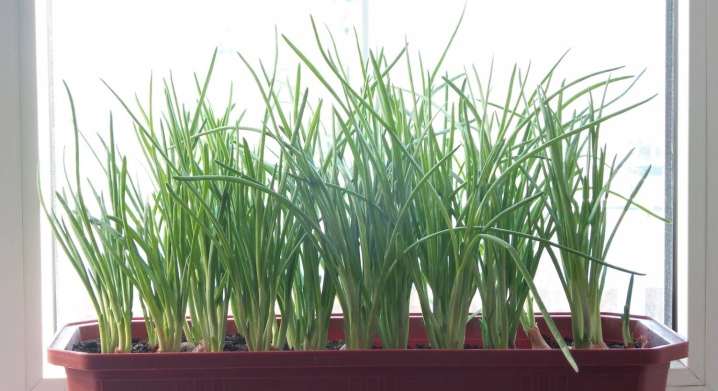
As for distillation, it is best to carry it out in the spring months, placing the onion under dense film shelters. For this purpose, plants whose age has reached three or four years are well suited.
To do this, they must first be dug together with the ground, and then planted in greenhouses or greenhouses. Once the leaves grow back, they need to be cut regularly even in winter.
Collection and storage
Any part of the onion can be eaten if it was harvested before the flowering period. After this stage, the stems and leaves will be too hard. A full harvest is collected only in the second year after planting. Otherwise, the bulbs simply will not be able to appear before the onset of cold weather. The leaves and stems are the best for eating. The bulbs themselves should be left so that they give a harvest in the next season.
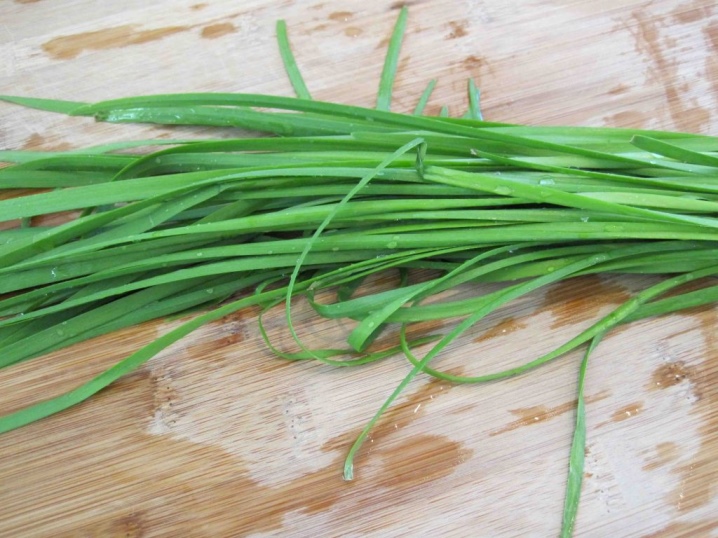
During pruning, first of all, you should pay attention to leaves that have reached 25 centimeters. They are best suited for later use. The harvest itself is harvested on average three times during the entire season. The last such stage occurs a month or two before the start of winter. The yield is usually between three and five kilograms per square meter.
Immediately after the end of the harvest, the leaves can be stored for a maximum of several days, and then they will deteriorate. In order to keep them for a long time, the leaves need to be well processed. They can be frozen, fermented or pickled.
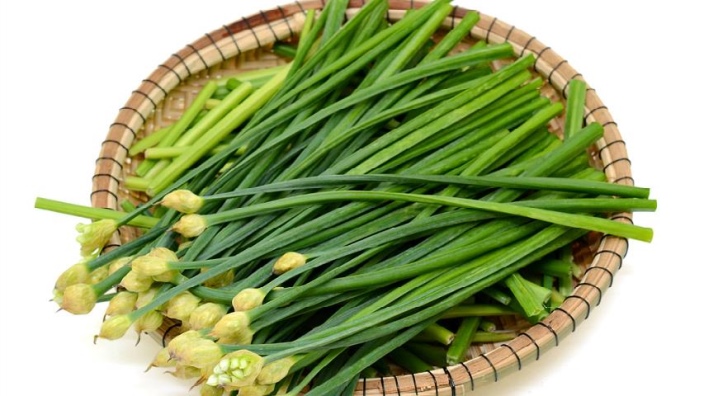
Before the preservation process itself, the leaves must be thoroughly washed. Due to this, the crop will retain its beneficial properties.
Application
Fragrant onions are mainly consumed in their natural form. So, in China, it is eaten either fresh or pre-dried. In Asian countries, its taste is best appreciated during the flowering period. However, in Europe it is not as common as in Asia. Recently, it has been used as a condiment due to its pleasant aroma and garlic taste. Onions are ideal as a component for any vegetable salad. You can also add it to any other dish for flavor. The leaves themselves are well stored in salted, pickled or dried form.
